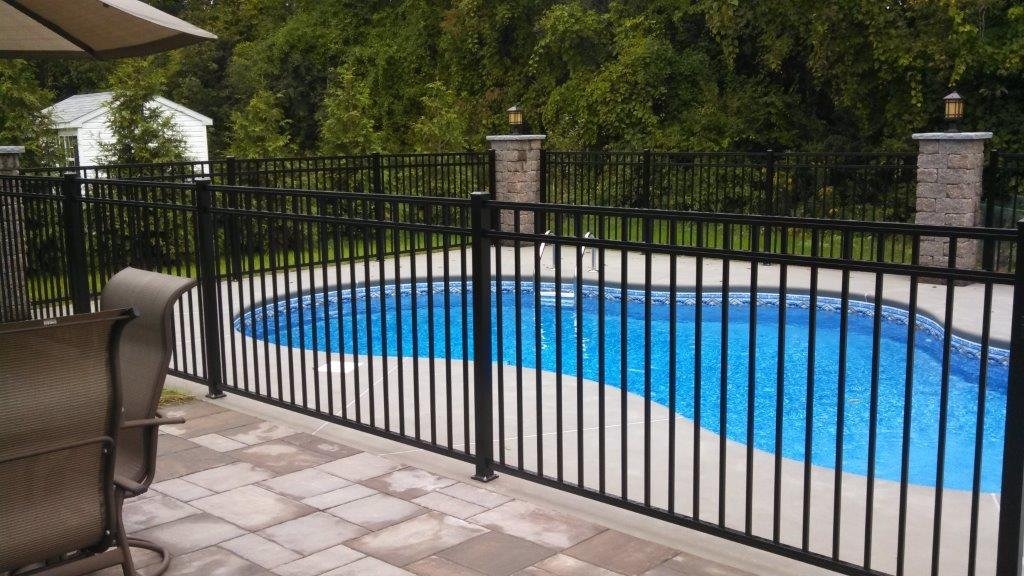
So the decision to drain your pool is not one that should be made lightly. Not only is there the inconvenience to consider, but also the expense. If you have a home water meter, you can expect a sharp jump on your next water bill if you replace all your pool water.
So how often and when should you drain your pool? Here’s a primer.
Water Replacement Schedule
The water in both residential and commercial pools typically is cycled through a filter, cleaned manually, and treated and balanced with chemicals. So even with heavy use, it is safe to use for months or even years at a time without needing to be replaced in most cases.
Except for emergencies (which we will discuss momentarily), home pools typically only need to be drained once every two or three years. Commercial pools, if properly maintained and serviced, should be drained and the water replaced annually.
Draining and refilling pools more frequently than this can be costly, time-consuming, and inconvenient.
Emergency Draining
There are exceptions to these schedules, however. If there is a spill of dangerous chemicals into your pool water — such as bleach or ammonia — that can potentially harm swimmers, it’s a good idea to remove all the water and refill the pool rather than waiting for your pool filter to cycle the contaminants out.
Similarly, if human waste somehow finds its way into your pool, it’s often a good idea to drain the pool so it can be cleaned and sanitized before being used by swimmers.
Finally, if maintenance or repairs need to be performed on your pool, it typically is necessary to drain the pool first so service personnel can gain access to the equipment or pool areas they need.

